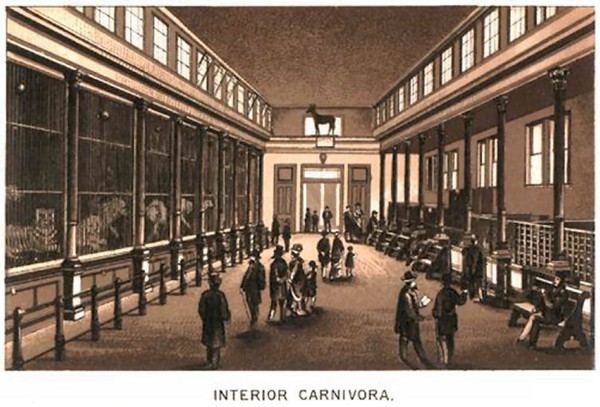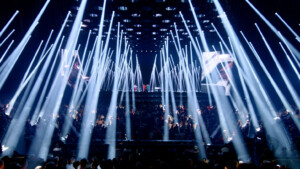Recently, the “next big evolution” of zoos – a slick, futuristic set of renderings by a “big-A’ architecture firm in Europe – has been gaining traction in the media.
Whether due to a slow news month in August, or a wisely-timed, ingeniously-worded press release, the articles that have continuously been showing up in my inbox from my colleagues have reminded me of the vast differences between the zoos and aquariums in the United States and those found in the rest of the world. And yes, this includes most of those found in Europe.
But this is not an architectural critique. I want to talk about real innovation. I want to talk about the things that have been slowly happening, without much fanfare, across the United States in nearly every city from New York to Saint Louis to Portland. I want to talk about how things that the supposedly paradigm-changing design from Europe insists are innovative, or at least “rarely seen in zoos’, have actually been around for years (and in some cases, decades) here in the United States.
Below you’ll find the first in the series on Zoo Innovations. Stay tuned for all five.
Zoo Innovation #1: The Amazon vs. The Cat House: Zoogeographic Organization Rather than Linnaean
This innovation is so old, we’re already looking for ways past it. But historically, zoos grouped similar animals together into familial exhibit congregations such as cat houses or bear pits. This was a direct result of zoos being places of learning: places where scientists would literally study what made animals closely or distantly related to each other. This style of design held fashion from the earliest official zoos, developed in the 19th century, through to the mid-twentieth century.
Often now we see not just abandonment of these Linnaean exhibit buildings, but full areas of zoos and groupings of exhibits being themed as zoogeographic areas, like Africa and South America. This thematic grouping style is similar to the “lands’ of theme parks, and generally make wayfinding and orienting much easier for the guest.
Additionally, this layout supports a more ecosystem approach to science, which reflects how society is currently viewing the world around us: as an integrated, interconnected web, rather than a series of individual elements. Although American zoos and aquariums left the cat house, primate house, and pachyderm house long ago, the torrid remnants of the Mad Men-era of zoo design unfortunately often remain for birds and reptiles, although we are seeing these groupings being slowly replaced with multi-species, thematically integrated exhibits as well.










